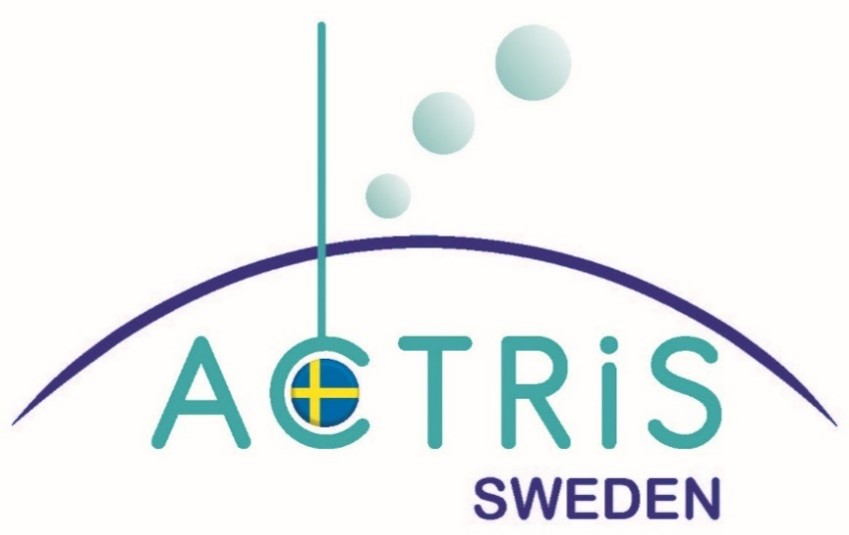Aerosol In-Situ and Reactive Trace Gas In-Situ
Implemented and operated by the Swedish University of Agricultural Sciences, Umeå
Aerosol In-Situ operational 2025
Reactive Trace Gas In-Situ operational 2026
Svartberget (64°15′N, 19°46′E, 270 m asl) is also part of the SITES national research infrastructure as well as being an ICOS Sweden combined atmosphere and ecosystem station.
Description of the infrastructure
The SLU, Svartberget Experimental Forests (SEF), including the Krycklan Catchment Study is one of most well-equipped field research stations in the boreal biome with the most extensive scientific research in hydrology, ecology, biogeochemistry, biogeophysics and forest management practice etc. The SEF site (64°15′N, 19°46′E, 270 m asl) is located about 70 km west of Umeå, and is dominated by mixed coniferous forests. SEF is also part of the national research infrastructure SITES, (Swedish Infrastructure for Eco-system Science) and provides key infrastructures for field-based research on productive pine and spruce forest stands, mire and lake ecosystems and catchments. The large study area gives researchers unique opportunities to perform studies at both local and landscape levels, including large scale field manipulations. Visiting researchers will benefit from experienced field personnel, a workshop, labs, cold storage, an extensive vehicle park, drones equipped with multi-spectral cameras for aerial photography, and desk space. Another major asset is an extended, open access, database of long-term measurements of critical soil, bedrock, hydrological, ecological and land–atmosphere exchange variables of all dominating landscape elements. SEF currently hosts >100 unique, externally funded, active research projects. SEF also hosts the SLU ICOS contribution with one mire ecosystem, one forest ecosystem and one atmospheric station. ACTRIS installations are co-located with the ICOS forest and atmospheric station.
The ACTRIS AIS and RTGIS activities at Svartberget are operated by SLU ICOS PI Matthias Peichl and research engineers.
